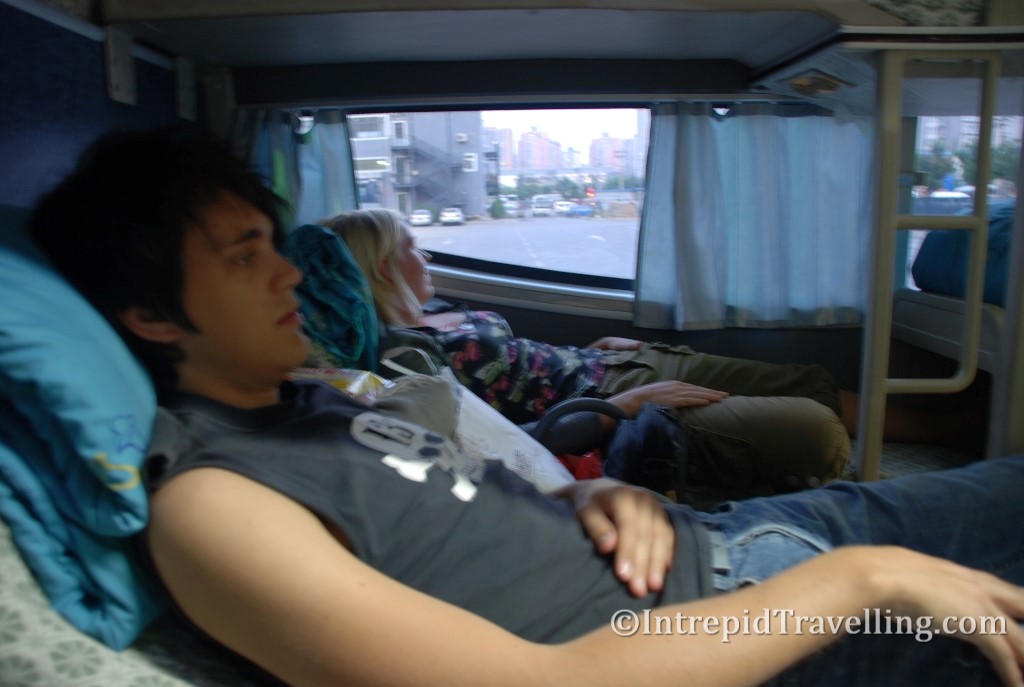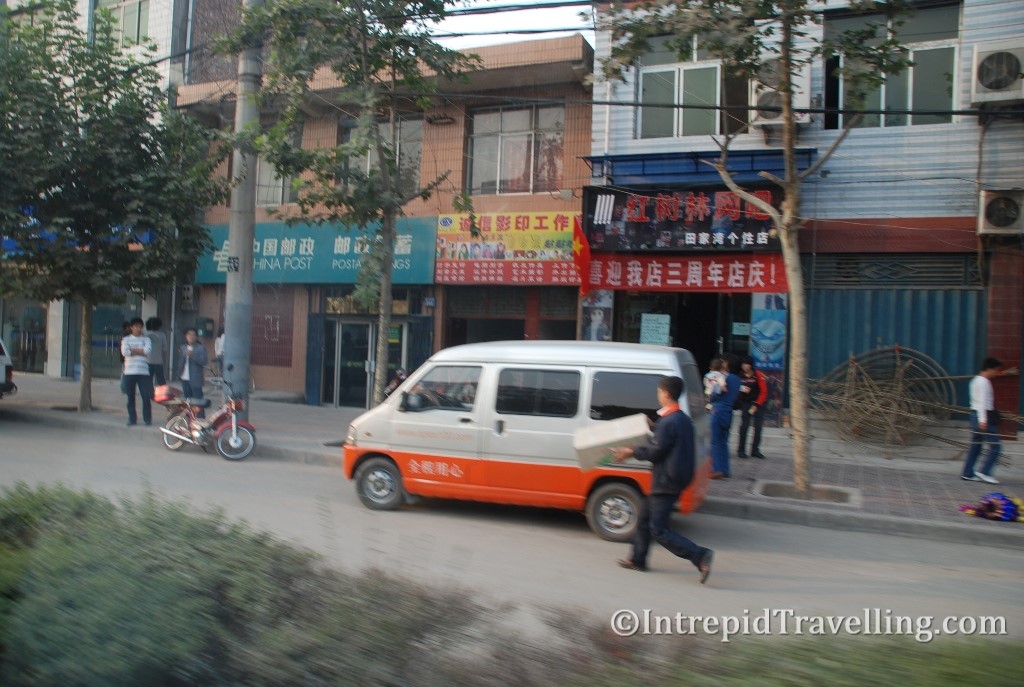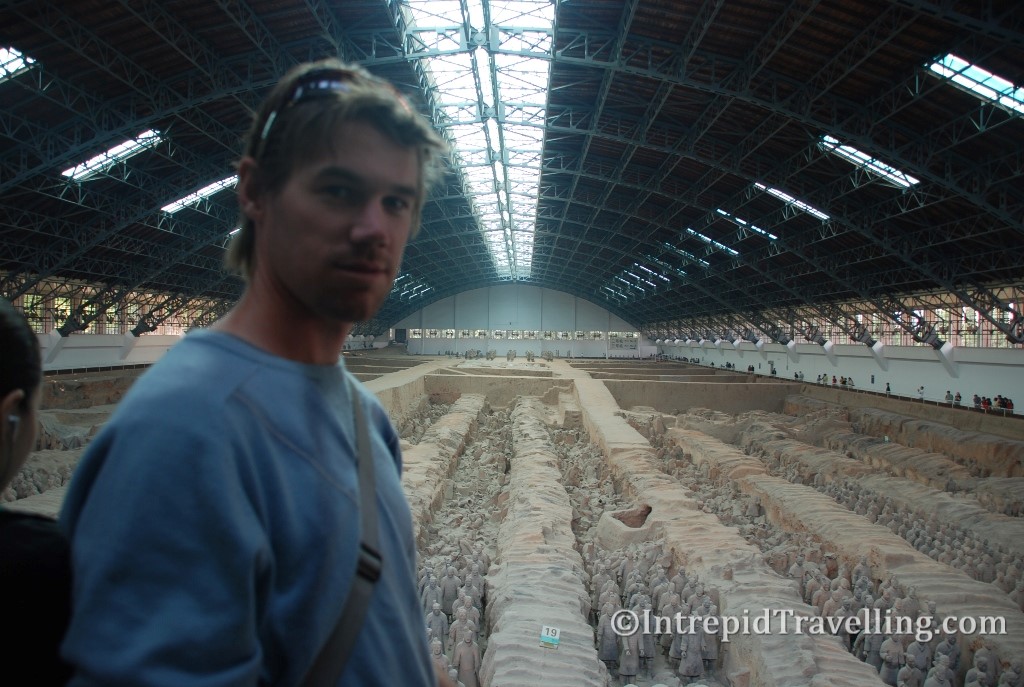Xi’an in Central China is a city of some eight million souls and one of the oldest cities in China. Xi’an is the former home to 73 former emperors including the Zhou, Qin, Han and Tang dynasties making it undeniably one of the most important to Chinese history. Not surprisingly then that many historical ruins, museums and cultural relics are located nearby. Xi’an also represents the end of the Silk Road, the ancient overland trading route to Europe where traders from the west brought goods and ideas to trade.











Now days, it’s not distant traders but tourist that venture to Xi’an to explore the city and marvel at the nearby Terracotta Warriors. Xi’an is unique as it has one of the oldest and best preserved city walls in China. At 12m in height, 17m in width and 12km in circumference, it’s a sight to see in the middle of modern city. You can cycle around the top of the wall, or if you have the stamina, make the 2-3 hour walk around the entire circumference.
Xi’an is also the ideal base for those wanting to experience one of the most dangerous, and iconic, hiking routes in the world. Mt Huashan (one of China’s five sacred mountains) is 120km from Xi’an is famous for its precarious and narrow paths around the cliffs of its peaks, but rewards you with phenomenal natural vistas. It is also home to several Taoist temples. Unfortunately the weather turned bad on my last few days in Xi’an and stifled my plans to climb Mt Huashan.



Being the former capital of China, Xi’an was home to the first Emperor of China (Emperor Qin Shi Huang) who had the Terracotta Army constructed and buried with him in 210 B.C.E. to guard him in the afterlife. It is estimated that the three pits containing the Terracotta Army held more than 8,000 soldiers, 130 chariots with 520 horses and 150 cavalry horses, the majority of which remained buried in the pits. Getting to the Terracotta Warriors Museum.
Expending such time, effort and resources didn’t seem to make his subjects overly happy as shortly after his death they were smashed and remained buried for some 2,200 years until they were rediscovered in 1974 in a farmer’s field.






On account of the weather in the Huashan Mountains being wet, I brought my departure for Chongqing forward and would get there the cheapest way possible – by overnight train in ‘hardseat class’. I wasn’t entirely sure what that meant or what that would entail, but it would be an experience I won’t soon forget.




